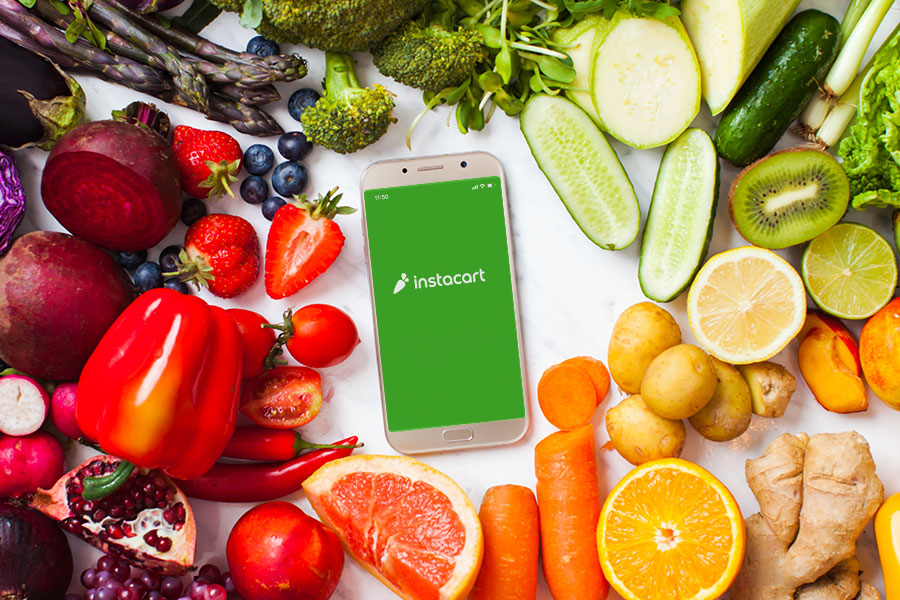Trends to Watch in the Grocery Retail Industry
Over the years, the entire retail industry has witnessed several changes, largely due to technology. As one of the key players in the foodservice market, the grocery industry saw a wholesale shift to online retailing during the COVID-19 pandemic. Recent survey data from Nielsen found that the demand for online groceries saw a 74% spike in August 2021, forcing brick-and-mortar grocery stores to adapt on the fly. In 2022, there are specific trends that grocery retailers and supermarket chain operators must keep a close eye on. Below, we’ve rounded up the three key trends to watch in the grocery retail industry.
1. Digital Transformation on the Rise
The rapidly changing customer expectations and the high competition among grocery outlets have led to the rapid adoption of digital transformation initiatives. Many are creating personalized websites and mobile-friendly apps that allow customers to track orders quickly and conveniently. These stores also use digital payment technologies to ensure fast, convenient and secure transactions.
This transformation is cutting along the major customer touchpoints from supply chains, storage, delivery, customer feedback, and communication. Besides using big data and AI analytics in marketing or robotics and automation in packaging lines, other E-Commerce trends are finding their way into the grocery retail landscape. These include automated checkouts for faster services, in-store price and layout optimization, demand prediction, and chatbots for customer support.
2. Intelligent Advertising and Marketing

Some of the top grocery retailers invest millions of dollars on marketing, mainly in the digital space where customers spend most of their time. The majority of the giant online grocery stores have partnered with several tech, logistics, and delivery companies to help streamline their business operations.
However, for these partnerships to be successful, many resources must be allocated to marketing, whether through celebrity endorsements, targeted advertising, social media, or paid advertising. One marketing program that has taken the retail grocery space by storm is Instacart advertising, currently competing with marketing programs from big brands such as Amazon and Walmart.
3. Convenient Fulfillment Methods and Personalized Online Experiences
Today, the best online grocery stores give users personalized shopping experiences and convenient fulfillment methods. New delivery models such as curbside pickup, BOPIS (buy online pick up in-store), and direct-to-door have increasingly become popular and customers are enjoying the flexibility that comes with these fulfillment options.
These developments reflect a constantly changing consumer behavior that retailers must keep up with. The key to offering unique experiences comes down to understanding customer needs and leveraging technology to solve the issues at hand. It’s also worth noting the impact of mobile apps and AI analytics in driving personalized customer journeys and store loyalty among consumers.
Endnote
The global online grocery market was valued at $236.8 billion in 2020. It is expected to grow at a healthy rate of approximately 24.8% over the forecast period 2021-2027. This offers a huge opportunity for every market player who wishes to participate. However, it all begins with staying up to date with the major market trends and taking appropriate actions to catch up with the industry leaders.
This article has been published in accordance with Socialnomics’ disclosure policy.









